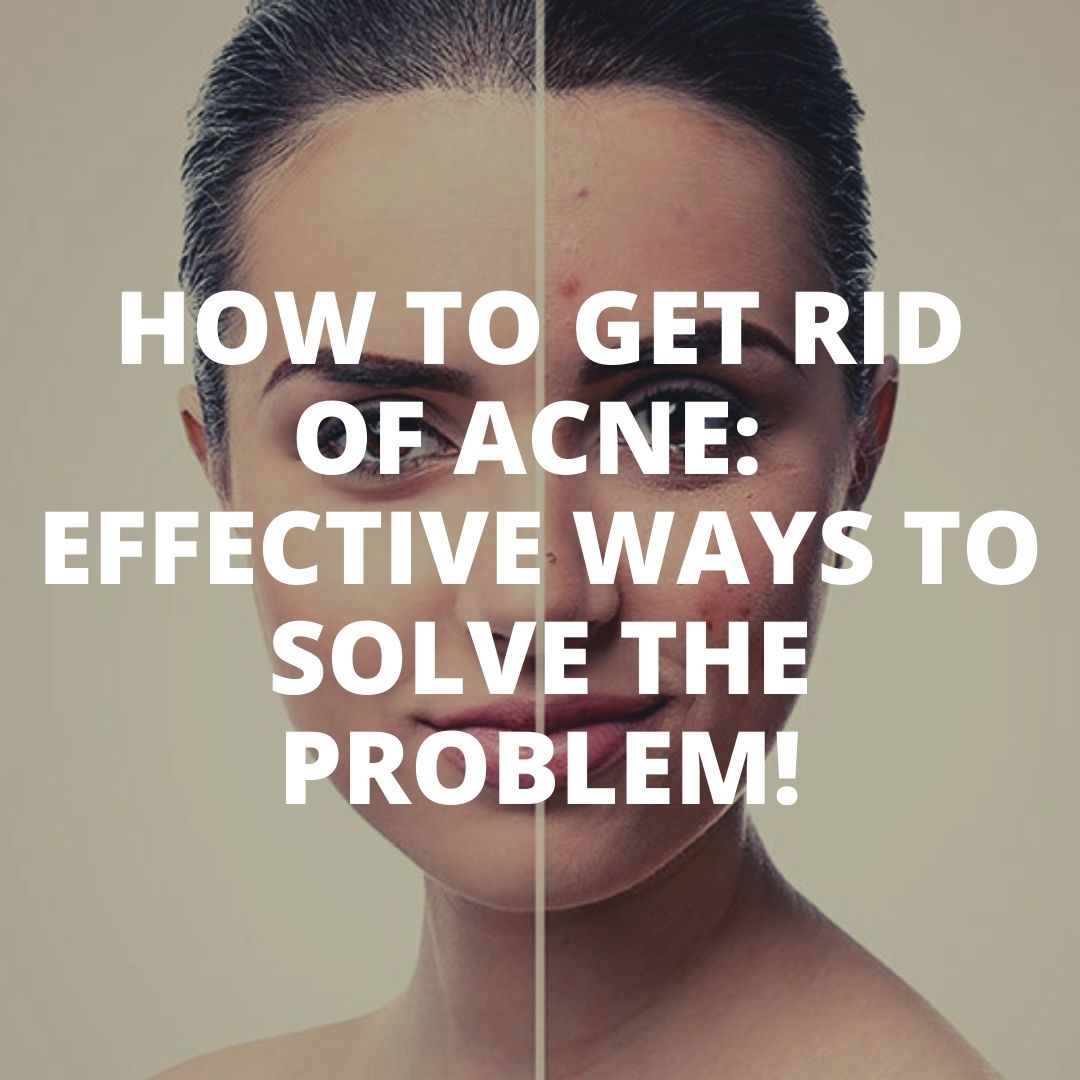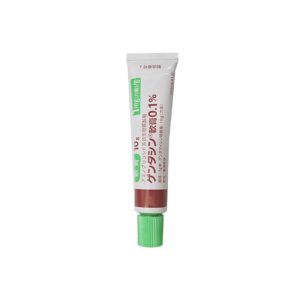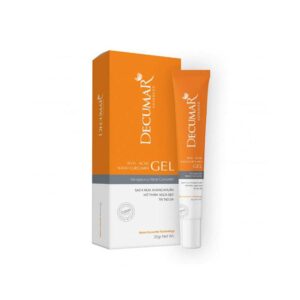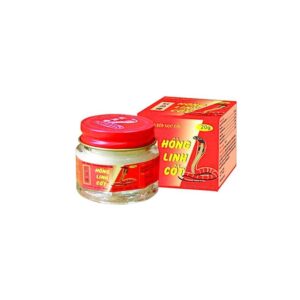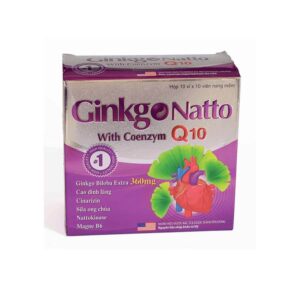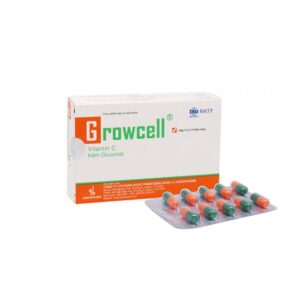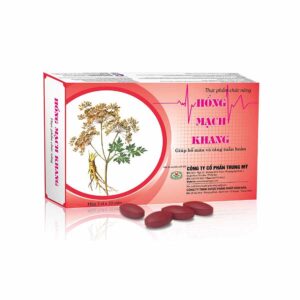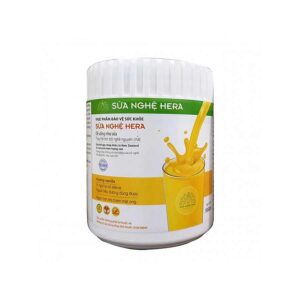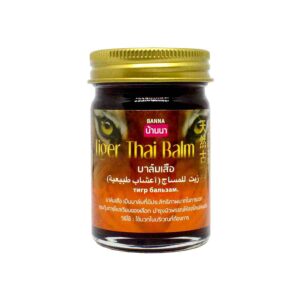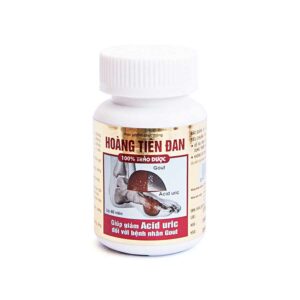- What is acne (blackheads)?
- The main types of rashes on the face
- Causes of acne on the face
- How quickly can acne be removed from the face?
- How to remove acne from the face using cosmetology?
- Prevention of acne: how to forget about acne forever
Acne in any form is a serious problem that can be very difficult to solve. Acne is especially uncomfortable: if the treatment is incorrect, blackheads can become inflamed and leave behind a scar (post-acne). We will tell you how to get rid of acne on your face and give recommendations for the care of problem skin.
What is acne (blackheads)?

Acne is a chronic inflammatory disease of the sebaceous hair follicles, characterized by overactive sebaceous glands and clogged pores with excess sebum and other impurities.
An acne or blackhead is a plug of a mixture of sebum, sweat, dead skin cells of the epidermis and external environmental pollution that clogs the sebaceous gland and its ducts.
Sebum oxidizes on contact with oxygen and acquires a characteristic dark shade – hence the name “black dots”. This plug creates an airless environment favorable for the growth of acne bacteria (Propionibacterium acnes or Malassezia), which cause acne recurrence.
The main types of rashes on the face
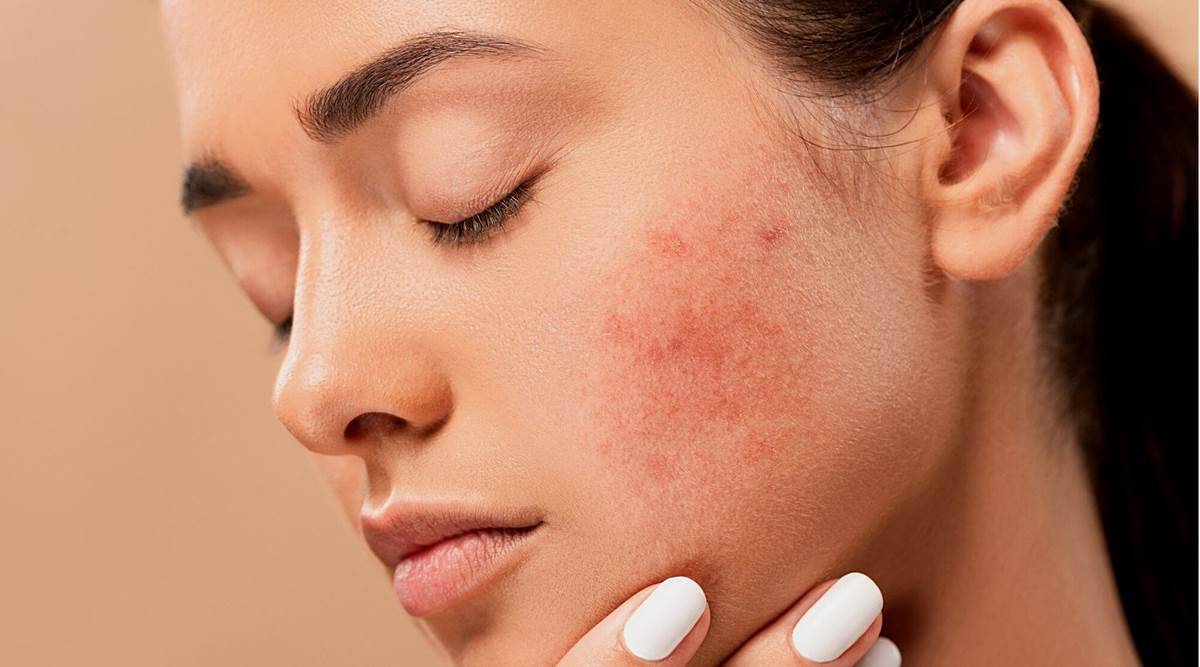
There are several types and symptoms of acne:
- Open comedones are dense, superficial rashes, usually gray or black in color. This type of acne is easy to remove with facial cleansing.
- Closed comedones (subcutaneous acne) – white, subcutaneous eruptions, the mechanism of which is similar to the appearance of open acne. Closed comedones often turn into classic red acne: accumulated sebum has no outlet and leads to painful inflammation.
- Papules – dense red pimples without purulent contents.
- Pustules – classic pimples with purulent content and a red, inflamed head, often leaving behind a stagnant spot.
- Nodules (nodules) – deep subcutaneous lumps, usually accompanied by the release of pus and leave behind scars.
- Pink (red) pimples – are signs of rosacea and do not depend on the sebaceous glands.
Causes of acne on the face
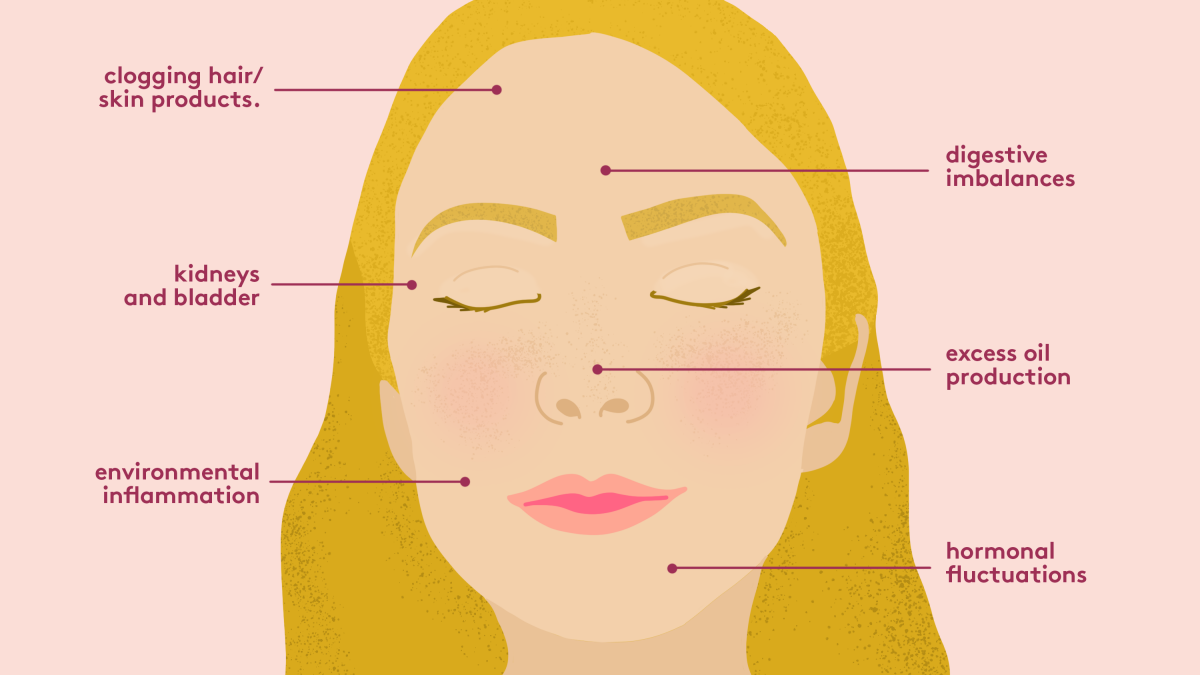
The appearance of acne in adults is most often associated with hyperandrogenism or increased sensitivity of the sebaceous glands to an increase in the synthesis and activity of male sex hormones. According to dermatologists, 23% of women of fertile age and 8% of adolescent girls face hyperandrogenism. Let’s look at other possible factors and causes of the appearance of acne on the face.
- Hormonal imbalance
Most often, the appearance of acne is associated with changes in the work of the hormonal system. Such changes occur during puberty, pregnancy, or during certain phases of the cycle. When an excess of male sex hormones appears in the body, the sebaceous glands actively produce sebum. Excess sebum, in turn, leads to the command of rashes at different ages.
- Heredity
Physiological features in the hormonal background can be inherited from parents. If one of the parents had a tendency to develop acne in childhood, then there is a high probability that the child will likewise face the same problem.
- Improper nutrition
An unbalanced diet can also cause acne-causing hypodermic mites (Demodex): fried, fatty, salty, spicy foods, confectionery and flour products also cause increased sebum production.
- Frequent stress, lack of sleep
The stress hormone cortisol, produced by the adrenal glands during emotional turmoil or sleep disturbances, also activates the sebaceous glands.
- Failure to comply with the rules of personal hygiene
Insufficient cleansing and the habit of frequently touching the face with your hands also provoke the appearance of blackheads.
- Improper skin care
The main thing that you should pay special attention to is proper care for problem skin. Primarily oily skin is prone to increased activity of the sebaceous glands. Caring for other types in this case will not work, since it will not allow to normalize sebum secretion and remove excess sebum. A suitable beauty routine based on gentle cleansing, moisturizing, sebum regulation with antibacterial anti-inflammatory action will help keep acne in check.
What determines the location of acne on the face?
According to dermatologists, different types of skin rashes (pimples and large blackheads) occur at any age. Rashes are most often localized in the T-zone, since it is in this zone that the pores are almost always enlarged, and the sebaceous glands are most active: forehead, nose, chin.
In the area of the cheeks and cheekbones, the skin is mostly dry, but acne can appear in this area as well.
This is due to the individual physiological characteristics of the organism.
It is in the T-zone (nose, forehead, chin) that the largest number of sebaceous and sweat glands are located, contributing to the clogging of pores and the formation of blackheads.
- Pimples on the forehead indicate bowel problems;
- Acne on the chin – about possible hormonal disruptions and gastrointestinal disorders;
- Pimples on the nose are the result of disorders of the pancreas and liver;
- Pimples on the cheeks can cause stomach problems.
How to remove a pimple in 1 hour?
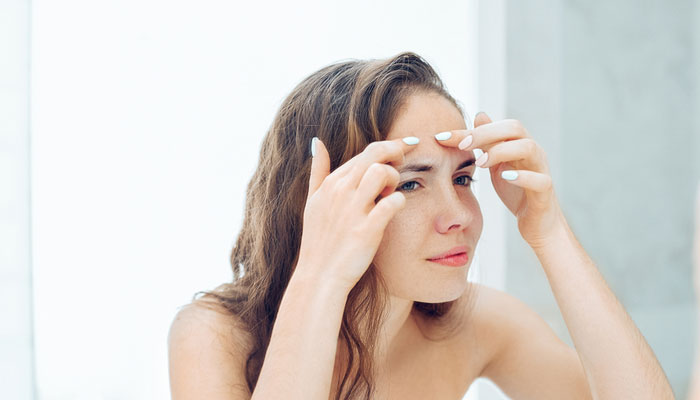
Let’s be realistic, you won’t be able to completely get rid of such an unpleasant problem as acne in 60 minutes. But do not be upset, in an hour you can remove swelling and noticeably reduce skin redness.
- We use ice cubes
Ice is not a cosmetic product, but it is perfect for our purpose. If you wrap a couple of ice cubes with a napkin or a thin towel and apply them to pimples for 30-60 seconds, then the skin will be very chilled. This will slow down blood flow and visually reduce the size of the swelling.
- We apply pure salicylic acid
We do not recommend using salicylic acid in its pure form, as it dries out the skin and in high concentrations can lead to burns. But if you have no other options, use it at your own peril and risk. If you treat the rash with pure salicylic acid (for example, using a cotton swab or cotton pad), then the pimples will dry out quickly. Dry pimples will not be as inflamed, redness will decrease and visual imperfections will become less noticeable.
How to remove a pimple from your face overnight?
If you have more than 1 hour, then there is a real chance to heal an inflamed pimple. During sleep, skin regeneration occurs much faster than during the day, if you use the right means, the inflammation around the pimple will be significantly reduced, as will the size of the imperfection itself.
- Pure tea tree oil
This ingredient is often used in home care as it is a good antiseptic and has pronounced bactericidal properties. Apply the oil in a clean video directly to the pimple. For this, it is convenient to use a regular cotton swab. However, there is no need to apply oil to healthy skin.
- Aspirin tablet
A regular aspirin pill can be a great quick remedy for acne. To do this, grind 1 tablet to a powder state, mix the powder with pure water, gently apply the resulting mixture on pimples and leave it overnight without rinsing.
Once applied to problem areas, peroxide kills all bacteria that cause acne. To avoid irritation on the skin, choose a 2.5% composition.
How to remove acne from the face using cosmetology?
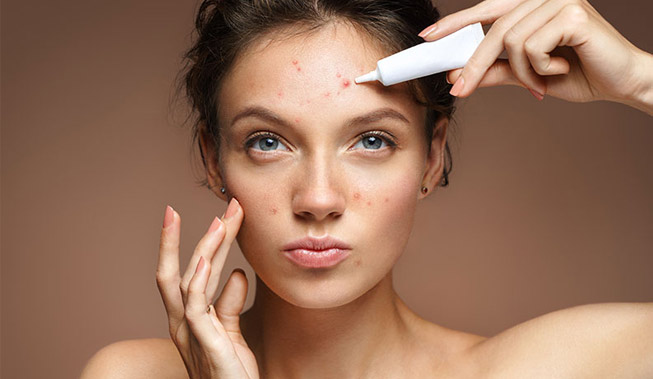
If you cannot cure acne at home with the help of properly selected care, you should consult a dermatologist. He will prescribe tests, based on the results of which he will adjust the treatment. If the blackheads become inflamed and painful pimples with purulent contents appear at the site of acne, you should also consult a specialist.
With a non-inflammatory form of acne, acne on the face can be eliminated with the help of aesthetic cosmetology:
- Hardware or mechanical cleaning;
- Mesotherapy by invasive delivery of active substances into the deep layers of the skin;
- Dermabrasion (mechanical resurfacing of the facial skin);
- Cryotherapy (cryopilling) by exposing the skin to low temperatures for its intensive renewal;
- Acid (based on glycolic, lactic, azelaic, salicylic acids) peels or retinoids;
- laser skin resurfacing.
Cosmetological procedures often complement corrective care, but do not replace it: an integrated approach will help remove acne from the face.
Acne prevention: how to forget about acne forever
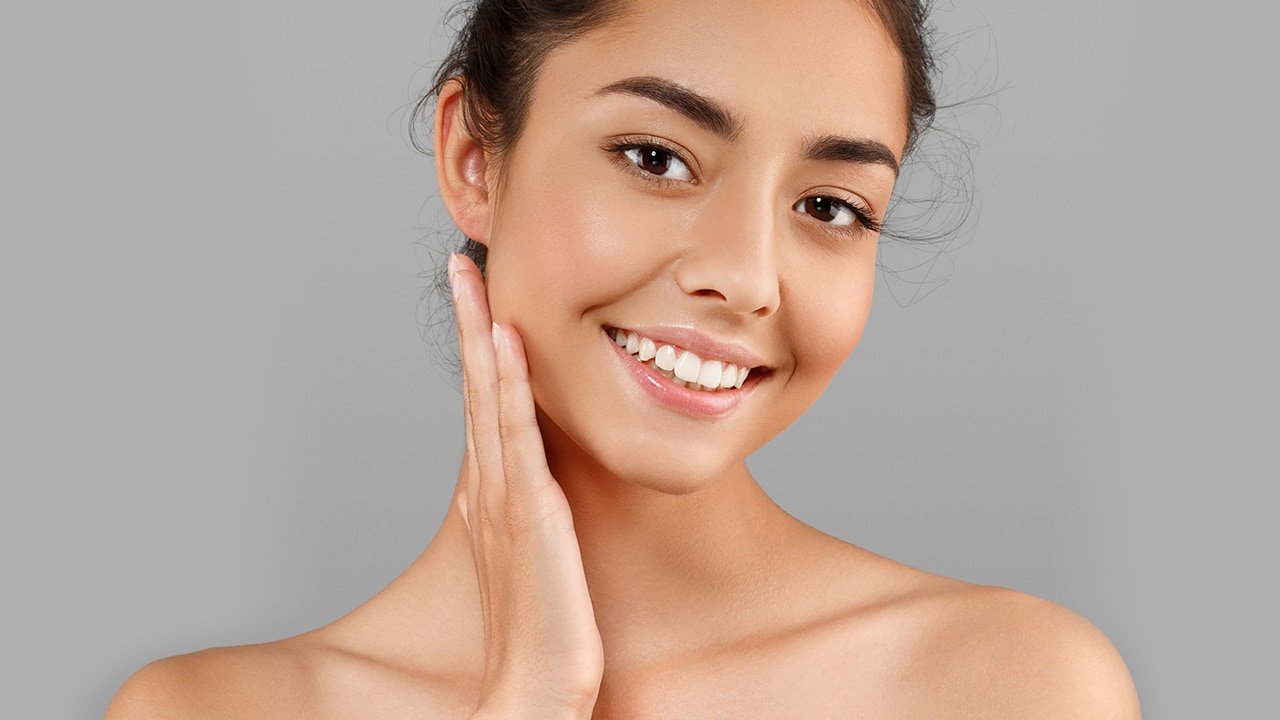
Since acne is the result of an excessive appearance of sebum in oily skin, it will not be possible to get rid of them forever: even after mechanical cleaning, blackheads will reappear over time. Acne can and should be treated with corrective home care. Let’s see how to get rid of blackheads on the face.
By adhering to our preventive recommendations and providing problematic skin with the appropriate care, you can quickly get rid of acne, prevent recurrence of acne, and keep the skin matte and clean for a long time.
- Follow the rules for problem skin care: cleanse the skin twice a day with a delicate gel or foam, apply an exfoliating peeling 1-2 times a week and deeply cleanse the skin with clay-based masks. Instead of folk remedies, choose proven pharmacy cosmetics with a narrowly targeted effect, which has clinically proven effectiveness.
- Choose the right care products: it is advisable that cosmetics for problem skin contain antibacterial components: salicylic acid, triclosan, AHA acids.
- Choose a corrective treatment with a pH level that is appropriate for the skin (5.5). Eliminate harsh (harsh alkaline) dryers from your daily routine.
- Do not forget about regular hydration: dehydrated oily skin reacts with an even more intense production of sebum. Observe the drinking regime to maintain the water-mineral balance of the body.
- Do not try to squeeze out blackheads on your own – instead of cleansing the pores, you injure the skin around the blackhead, which will provoke the occurrence of an inflammatory process, a stagnant spot or a scar. If you nevertheless develop rashes (a pimple or inflammation has emerged), use the Effaclar A.I. SOS-remedy for correcting the correction of local imperfections.
- Eat right: to prevent breakouts, enrich your diet with vitamins A, C, fatty acids, antioxidants, beta-keratin and fiber, B vitamins and zinc.
- Apply sunscreen daily for oily problem skin to avoid additional damage and dry skin after exposure to UV light.
- Less often touch the skin with your hands – this provokes increased production of sebum and clogged pores.

